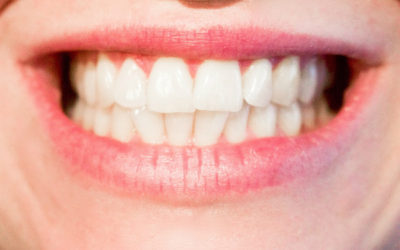As we age, our teeth start looking longer due to gum recession. They also become brittle and more prone to damages. But age isn’t the only factor that can result in chipped, broken, or fractured teeth. The same can also happen due to an injury or trauma. Irrespective of the reason, dental bonding is a cost-effective solution to complete dental structures. A comprehensive dental bonding includes treatment of minor spacing irregularities, decay and cavities, and chipped or fractured tooth. Bonding can also be used for simple cosmetic improvements, like making teeth longer or altering their shape. Before you visit your dental clinic and proceed to get dental bonding done, understand the pros and cons of the same.
Pros of Dental Bonding
Natural-looking Solution
The procedure of dental bonding involves applying composite resin that matches with your natural tooth colour. The resin is then hardened with special UV light. As the bonding material is custom-made as per your tooth colour, the final results can hardly be seen. Bonding material blends in your smile seamlessly, and this way, nobody can make out that you ever had some dental imperfections.
Cheaper than Other Procedures
Considering the cost of other dental procedures that solve dental imperfections, such as dental veneers and crowns, dental bonding is an inexpensive procedure. The procedure gets done quickly and the resin used doesn’t cost a lot, even though it’s custom-made for each client.
Less Invasive Treatment
To put veneers on your damaged teeth, your dentist will have to file and remove a part of your tooth enamel so that the veneers can fit perfectly in place without making your teeth look too big. But this isn’t the case with dental bonding. In most cases, your dentist won’t do anything to the enamel. And even if they do, it will be a minor reshaping of the structure so that bonding can sit well on the damaged sections.
Hardly Any Disturbance During the Procedure
Dental bonding takes just one visit to the dentist. And only 30 – 60 minutes if the bonding procedure is done on one tooth. Bonding is not a painful procedure. The only time you might need anesthesia is if you have a broken tooth or exposed root in the area. There’s no cutting, slicing, filing, sawing, etc. involved in dental bonding. So if you’re afraid of sharp devices in or near your mouth, you don’t have to worry.
Cons of Dental Bonding
Prone to Damage
The bonding resin is not as strong as your regular teeth. So if you’re a teeth grinder, chew your fingernails or play hockey, you have higher chances of damaging your bonding material. It’s not common, but the resin can come off and need to be replaced.
Can Get Stained Easily
The resin used for dental bonding stains more efficiently than your normal teeth. So especially if you smoke or are a coffee or wine drinker, you may face a hard time achieving a beautiful smile.
Everyone deserves a perfect smile, and if you’re conscious about it, it may affect your confidence. So, visit the dentist and get your smile and confidence back with this effective and inexpensive procedure.



